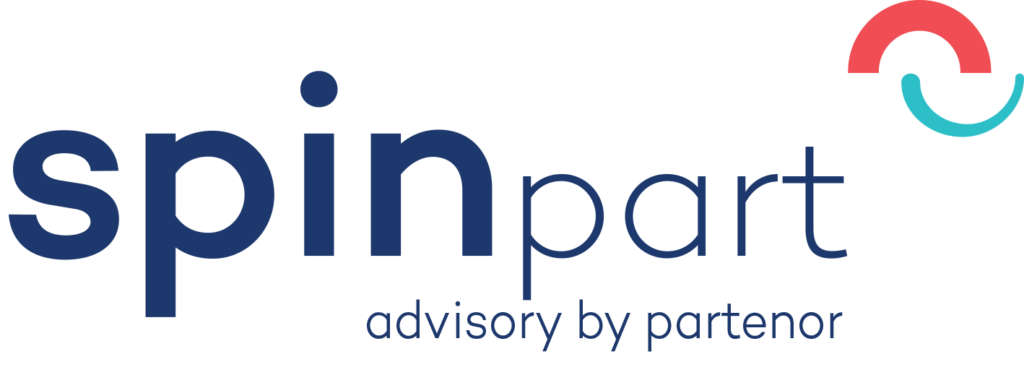In recent weeks, the outbreak of COVID-19 has put a strain on businesses. Overall, the drop-in activity is staggering for industry sectors. In April, companies were operating at an average of half speed, according to the ASLOG’s Industrial and Logistics Capacity Barometer. Some sectors are even described as « disaster-stricken »; the automobile industry lost nearly 80% of its business volume. Only a few industries with necessities are doing well, such as the agri-food or pharmaceutical industries, which remain at 70% or even 80% of their capacity. This sudden shock is unprecedented. Against this backdrop, companies have managed to cope with the most pressing needs in crisis mode. But what can we expect in the coming weeks and how can we effectively restart business?
A future with many uncertainties for companies
Soon, companies will experience load fluctuations linked to the end of the lockdown, such as an aftershock to be expected following the main tremor of an earthquake. The period ahead is therefore difficult to predict. Indeed, there are many uncertainties about the end of lockdown phase. Each company will have to make adjustments or even transformations to adapt their management to this new socio-economic sequence. Among the many points to be dealt with is the following question : how to adapt the capacity of the means of production, in a context of health crisis. How to compensate for the losses linked to the implementation of « barrier measures »? How can we rapidly increase the capacity of production resources to meet fast-growing demand due to catch-up, or even to build up stocks in order to anticipate possible shutdowns due to a future lockdown? How to make production means more flexible, to be able to adapt to fluctuating demand due to increased versatility on the part of the customer?
In the short term, dare the agile management of your capacities to restart efficiently
Given this unprecedented context, we believe that the current phase may be an opportunity to carry out short-term progress actions in « breakthrough project » mode, relating on the one hand to the load/capacity adequacy management method and on the other hand to capacity adjustment.
Indeed, concerning the load/capacity adequacy control mode, concrete actions are essential to achieve greater agility in a sustainable way. The Industrial & Commercial Plan (or Sales & Operation Planning) should therefore be revised from a monthly to a weekly basis. A new digitalization (DDMRP system type) in addition to the classic E.R.P.+A.P.S* suite, would make possible to limit data collection efforts, to assemble data and, at the end, to be a real support for accelerated decision making. Failing this, the E.R.P.’s parameters should be reviewed to integrate the new market data.
In the continuation, a transverse look at the transformation flows should aim at clearly highlighting the « under stress » capacities to be increased or made more flexible. Each means (equipment, labor profiles) would be classified according to the risk of load/capacity adequacy constraint, depending on fluctuating demand. Then, at a more operational level, the principle of bottleneck control (or TOC / Theory Of Constraints according to E. Goldratt) could be strictly applied, or even modernized by the application of DDMRP (Demand Driven Material Requirements Planning).
Proven Methods of Operational Excellence in Accelerated Mode
Regarding critical capacities, a short-term progress plan could aim to optimize their utilization rate, efficiency rate and changeover times. Then the proven methods of Operational Excellence could be implemented in accelerated mode. Indeed, it is possible to gain 10% of capacity in 3 months by drastically applying « MAXER » type reliability methods to kill root causes.
It is, for example, easy to set up a night shift for a few weeks on condition that the fundamentals of the « IEO » (Improvement of Equipment Operation) method have been applied upstream, which aims, among other things, to segment and visualize the possible adjustments according to the profile of the people involved. The « one-point lessons » for sharing best practices and the « Kamashibaï » visual charts for monitoring the correct application of standards can clearly facilitate the integration of new operators by limiting the risks of drift.
In summary, the COVID-19 health crisis has destabilized our entire economy. In this new context, it is essential to reinvent ourselves to move from a crisis management mode to an agile steering mode that adapts to unpredictable demand. This is the challenge that every company will have to face in the coming weeks. Involving employees in high-stakes issues and putting creative forces at the service of short-term progress actions will be sources of mobilization to build tomorrow’s world.
